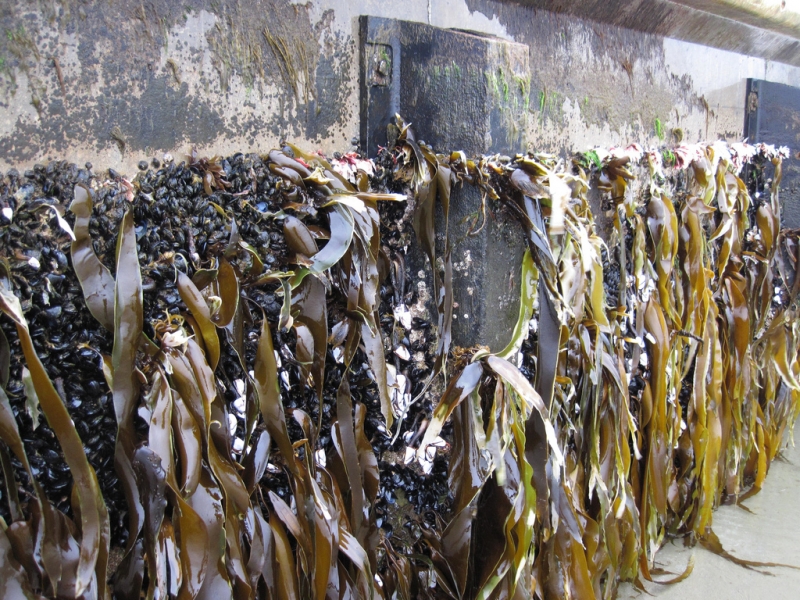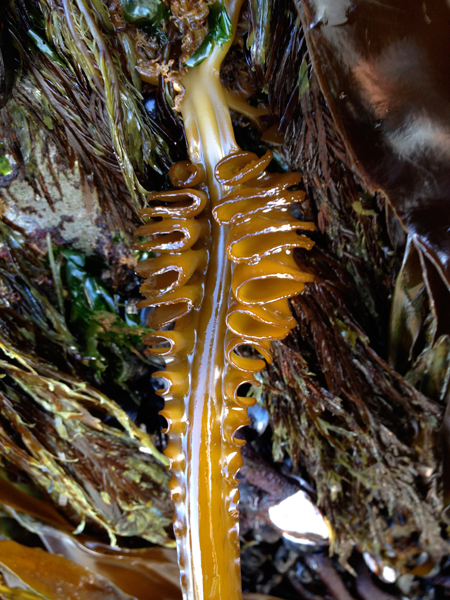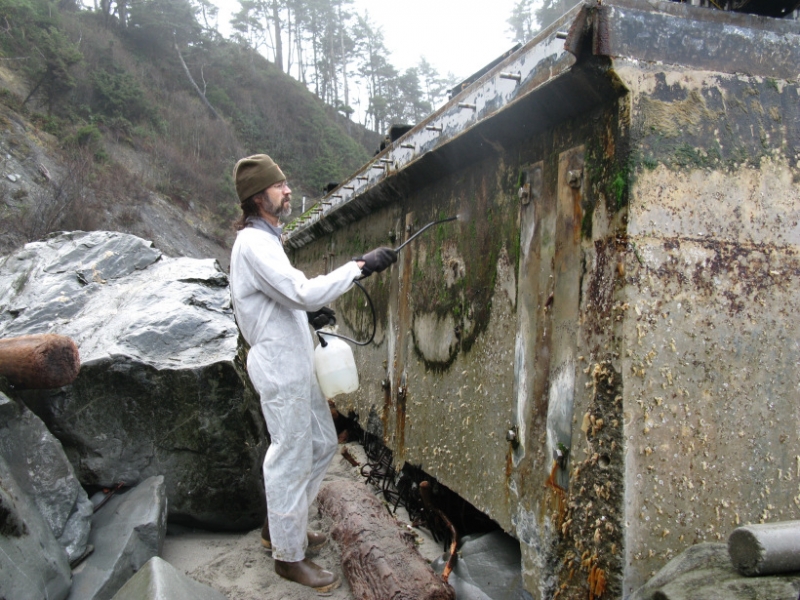Ecosystems are complex and fragile. When a non-native species is added to an established ecosystem, sometimes the ecosystem adjusts and sometimes havoc is wrought. When an introduced species upsets the balance of an ecosystem, we call those invasive species. Evidence has shown that marine debris can carry organisms across the ocean. As more species travel to previously inaccessible areas on rafts made of our trash, it becomes more likely that some of these species may start to disrupt the ecosystems they colonize.

For nearly as long as there has been life on this planet, organisms have traveled on ocean currents to new areas to establish new populations. Life on islands around the globe are the descendents of plants and animals riding the waves and natural debris to a new home. So why is it a problem that species are riding on marine debris? The main issue is that man-made debris takes far longer to break down than natural debris, meaning species are travelling further and for longer periods of time. This allows these organisms to reach places they would not have reached on natural debris. Researchers looking at debris from the 2011 tsunami in Japan found animals native to Japanese waters on debris arriving on US shores six years later. In 2012, a floating dock from the Port of Misawa in Japan washed up on the shores of Oregon carrying more than 400 pounds of biota and a community of 60 species native to coastal Japan. Large pieces of debris from natural disasters can hold many individuals, making the chances of a successful invasion much more likely.

The debris studies after the 2011 tsunami taught scientists a lot about how debris can move species. Although known invasive species have been found on debris, it is too early to tell if those species will successfully invade a new area due to transport by marine debris. As more and more debris enters our ocean and Great Lakes, there are more opportunities for invasive species to hitch rides to new areas. Once an invasive species is established, it becomes very difficult to remove. They can cost countries billions of dollars each year to control and often are identified as the second greatest threat to native biodiversity, after habitat loss.

You can help slow the spread of invasive species by reducing the amount of waste you produce, picking up trash you see outside, and joining efforts in your community to reduce debris. Together we can stop marine debris and stem the tide of invasive species.
To learn more about marine debris and invasive species, check out the Marine Debris Program Report on Invasive Species.
